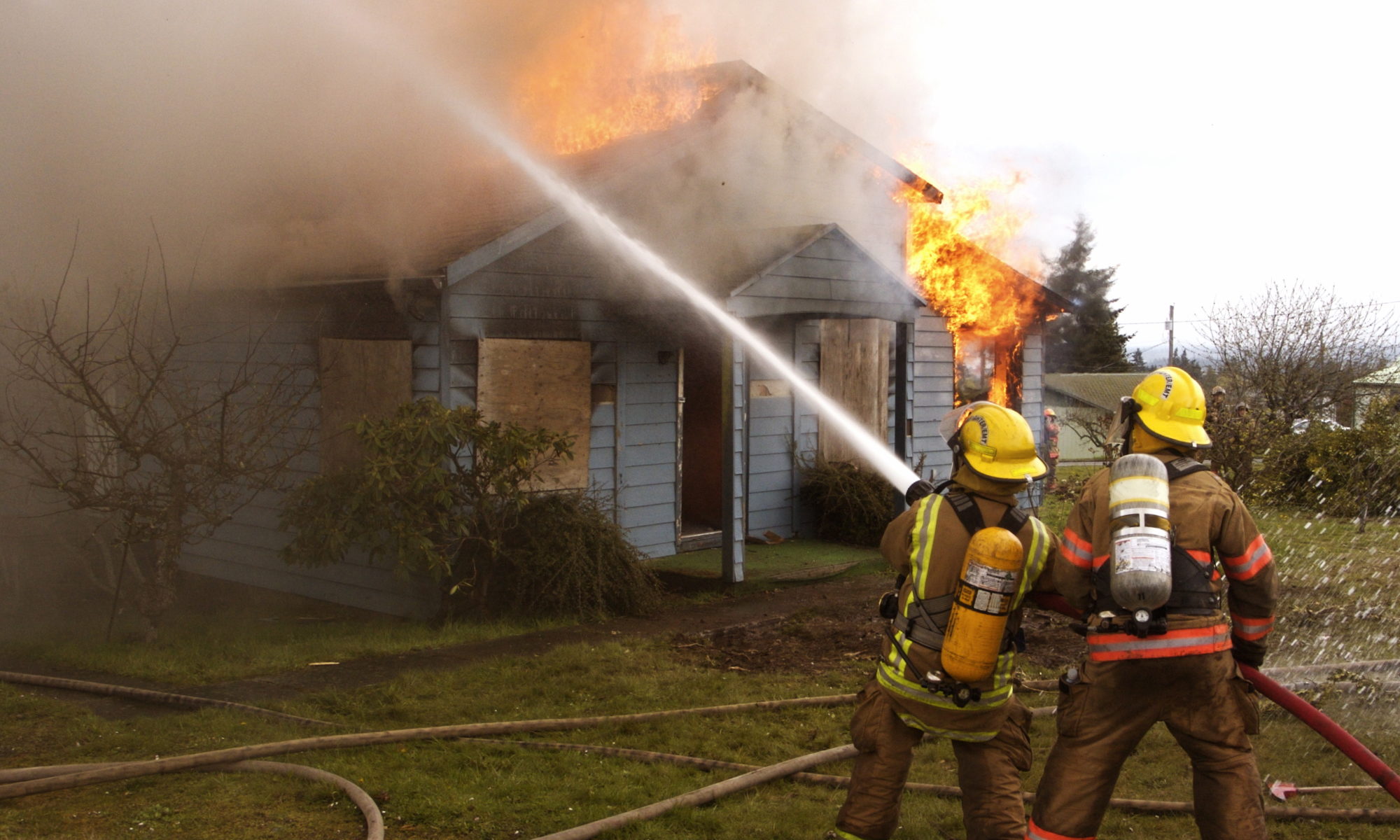Decontamination: A Process Firefighters Can’t Afford to Forget

Understanding the process for decontamination and why it matters
By Medline Newsroom Staff | May 18, 2020
A search for the term ‘fire safety’ online will reveal images of emergency responders donning safety masks, fire suits and thick helmets as they head in action. What they put on when entering a scene is critical to their safety – but so is what they remove upon exiting.
Responding to emergencies, firefighters can often exposed to all kinds of contaminants, including carcinogens with the potential to lead to serious health impacts. Removing these contaminants from firefighters’ skin can help protect them, and is a practice supported by the U.S. Fire Administration.
“When I got on the fire service, carcinogens really weren’t something that we thought about. But after we started seeing the number of health cases, and especially the number of deaths, skyrocket over the years, I’d say the awareness now is unsurpassed,” said Matt Cohen, a veteran firefighter-paramedic with the Marshfield Fire Department in Marshfield, Massachusetts. “Everybody is very well aware of carcinogens, their presence, and the fact that having a sooty face after a fire isn’t a badge of honor anymore. It’s something that we need to get cleaned right away.”
As awareness around carcinogens has grown, so too have decontamination protocols. Best practices for decontamination include:
- Wiping off exposed areas of the body, such as neck, face and arms, using wipes while on scene;
- Showering as soon as possible; and
- Decontaminating personal protective equipment using soap, water and a brush.
While on scene, firefighters can often experience a long wait before they’re able to head back to the station. To help them decontaminate while they wait to return to their station to shower, Medline developed its Critical Response Cleansing Cloths.
“These professionals are exposed to soot and other potential carcinogens,” said Sohum Mansukhani, product manager for Medline’s patient cleansing products. “Knowing they are exposed to tremendous risk each day for our safety, we as a company were committed to finding a way to help keep them safe. This product emerged as one of many solutions.”
Check out and print the Best Practices for Firefighter Cancer Prevention poster.
Medline Newsroom Staff
Medline Newsroom Staff
Medline's newsroom staff researches and reports on the latest news and trends in healthcare.
